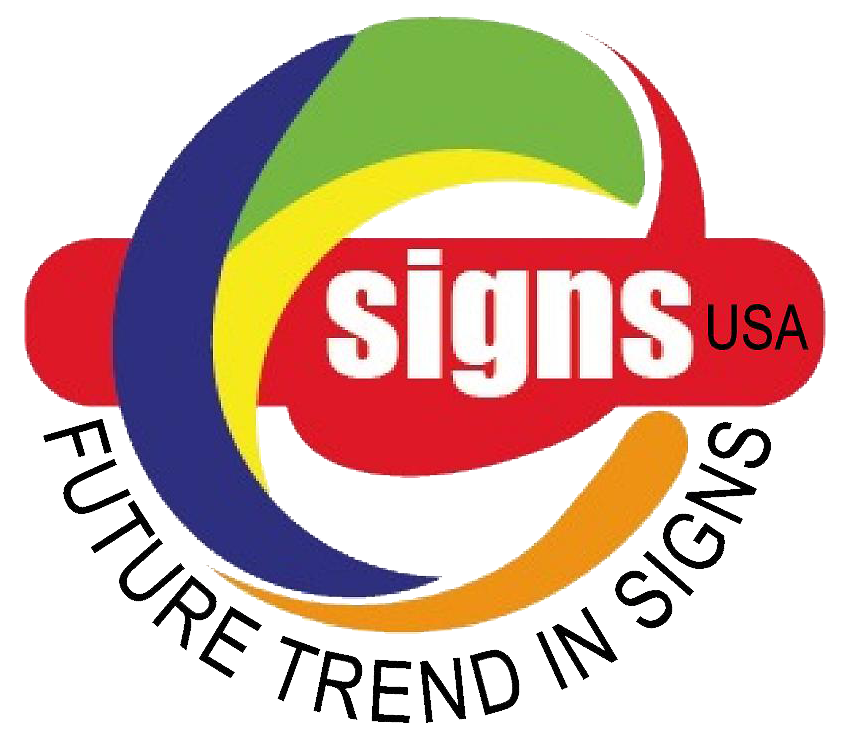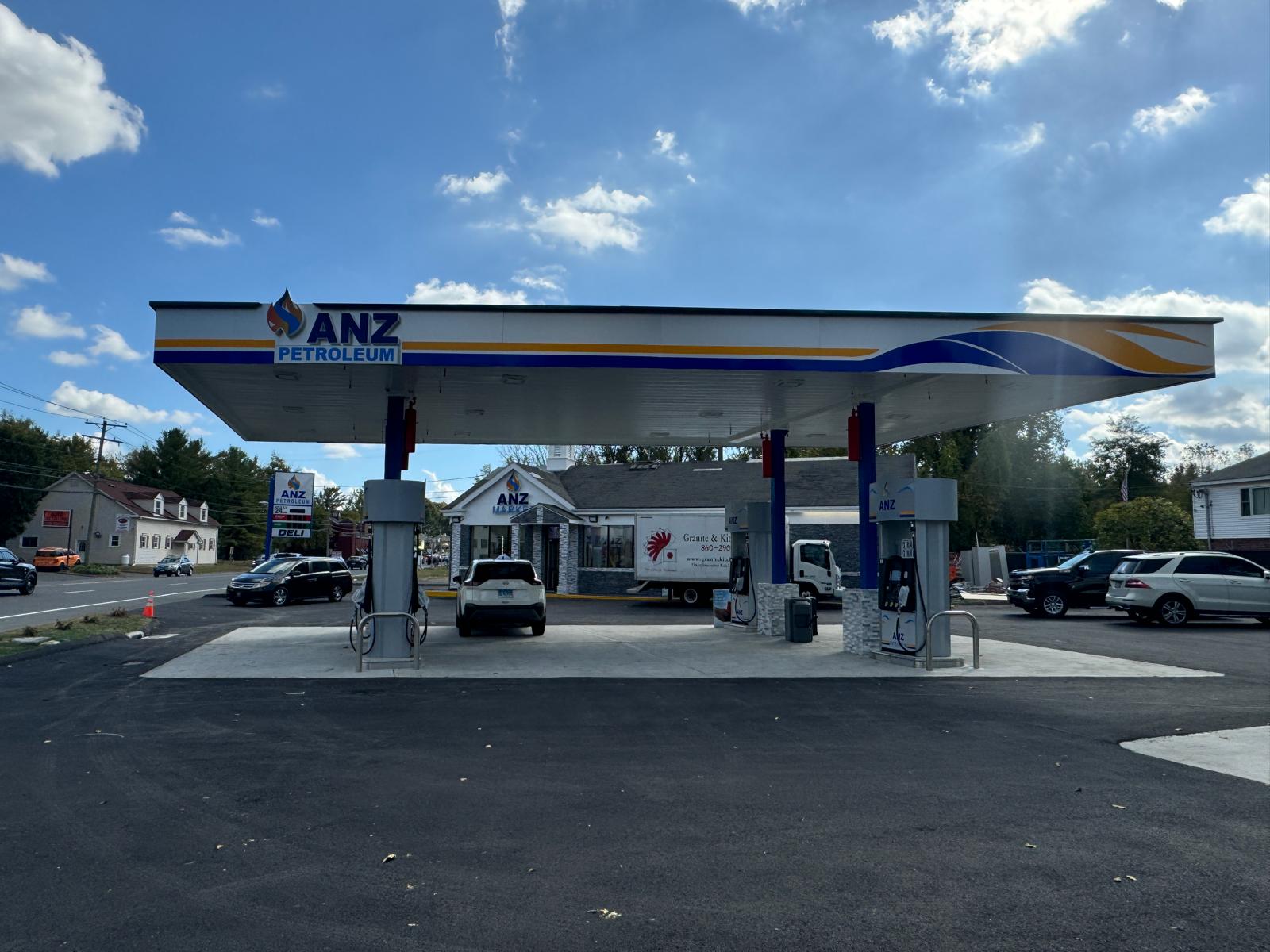
Ever wondered why that small, no-name gas station down the street sells fuel for 20-30 cents less per gallon? 🤔 While big oil companies flood our highways with their flashy logos and premium promises, these unbranded stations quietly offer a budget-friendly alternative that’s catching the attention of cost-conscious drivers everywhere.
In a world where every penny counts at the pump, understanding the truth about unbranded gas stations could be your ticket to significant savings without compromising your vehicle’s performance. But with concerns about fuel quality and reliability floating around, many drivers remain hesitant to make the switch from their trusted branded stations.
Let’s dive into the world of unbranded gas stations, exploring everything from their cost benefits and fuel sourcing to practical tips for finding reliable stations. By the end of this guide, you’ll have all the information you need to make an informed decision about where to fill up your tank. ⛽
What Defines an Unbranded Gas Station
Unbranded gas stations are independent fuel retailers that operate without affiliation to major oil companies like Shell, BP, or ExxonMobil. These stations purchase their fuel from wholesale distributors and often operate under local business names or generic signage.
Difference Between Branded and Unbranded Stations
| Feature | Branded Stations | Unbranded Stations |
|---|---|---|
| Brand Recognition | High | Limited or Local |
| Fuel Source | Single oil company | Multiple wholesalers |
| Pricing Structure | Corporate-influenced | Independent control |
| Marketing Support | Extensive | Minimal or self-managed |
| Additional Services | Usually full-service | Often basic services |
Common Misconceptions About Fuel Quality
Several myths surround unbranded gas stations that need clarification:
- Myth 1: Unbranded fuel is inferior quality
- Myth 2: Major brands have special additives that others don’t
- Myth 3: Unbranded stations sell “different” gas
The reality is that all gasoline must meet the same EPA and ASTM standards regardless of the seller. Unbranded stations often source their fuel from the same refineries as major brands, with the main difference being the absence of brand-specific additives.
Many independent stations maintain high-quality standards and modern equipment, offering fuel that performs just as well as branded alternatives. The primary distinction lies in marketing and brand recognition rather than actual fuel quality.
Now that you understand what unbranded stations are, let’s explore the significant cost benefits they offer consumers.
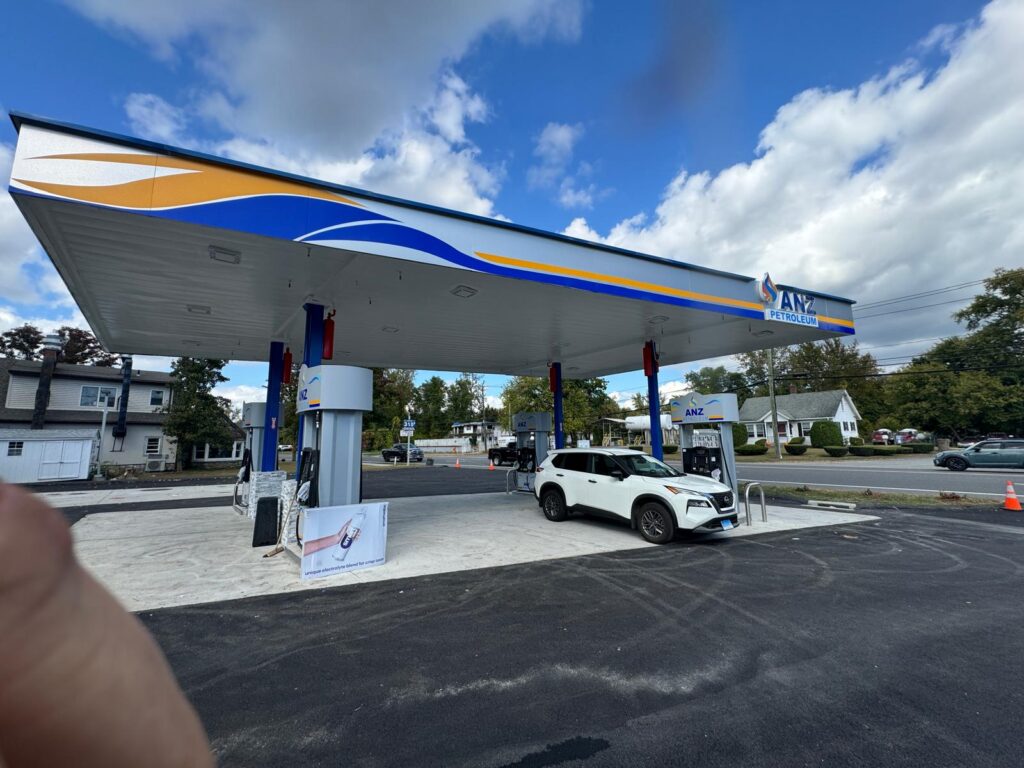
Cost Benefits of Unbranded Stations
Lower Overhead Expenses
Unbranded gas stations operate with significantly reduced overhead costs compared to major brands. Without franchise fees, expensive branding requirements, or corporate mandates, these stations can maintain lean operations. Independent operators typically own or lease smaller properties and employ minimal staff, leading to substantial cost savings.
Reduced Marketing Costs
While major brands spend millions on national advertising campaigns, unbranded stations focus on local, cost-effective marketing strategies:
- Word-of-mouth referrals
- Simple roadside price displays
- Local community engagement
- Basic social media presence
Price Comparison with Major Brands
Here’s how unbranded stations typically compare to major brands:
| Cost Factor | Unbranded Stations | Major Brands |
|---|---|---|
| Price per gallon | $0.10-0.30 less | Base price |
| Credit card fees | Often cash discounts | Standard rates |
| Loyalty programs | Simple/none | Complex programs |
| Station fees | Minimal | Franchise fees |
Savings Potential for Consumers
Regular consumers can save significantly by choosing unbranded stations. Monthly savings typically range from $20-60 for average drivers, depending on fuel consumption and local market conditions. These savings become more substantial for high-mileage drivers or those operating multiple vehicles.
Now that we’ve explored the cost advantages, let’s examine how unbranded stations source their fuel and maintain quality standards.
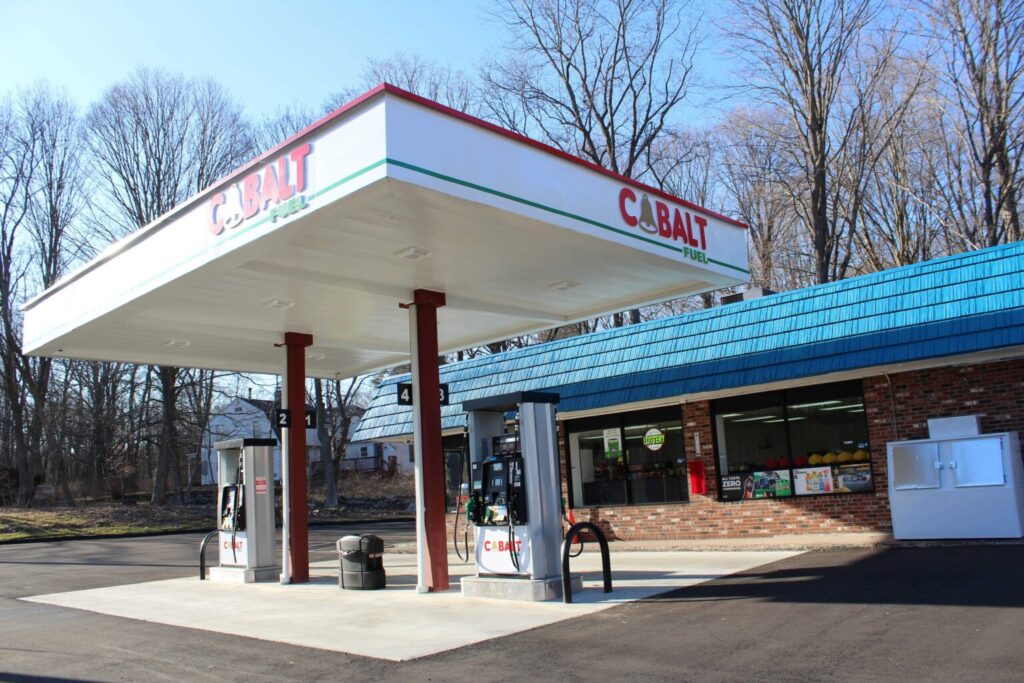
Fuel Sourcing and Quality
Where Unbranded Stations Get Their Fuel
Unbranded gas stations typically source their fuel from the same major refineries that supply branded stations. These independent retailers often purchase from wholesale fuel terminals or bulk storage facilities where multiple brands store their gasoline. The main difference lies in the distribution chain rather than the base fuel source.
| Fuel Source | Branded Stations | Unbranded Stations |
|---|---|---|
| Base Fuel | Major refineries | Major refineries |
| Additives | Proprietary blend | Basic required additives |
| Distribution | Direct contracts | Terminal purchases |
Federal Quality Standards and Regulations
All gasoline sold in the United States, whether from branded or unbranded stations, must meet strict EPA and federal quality standards:
- Minimum octane ratings (87, 89, 93)
- Required detergent additives
- Seasonal blend requirements
- Sulfur content limitations
- Volatility standards
Testing and Certification Processes
Independent stations undergo regular quality testing procedures to maintain compliance:
- Monthly fuel sample testing
- Storage tank inspections
- Third-party certification
- Documentation of additive inclusion
- Regular equipment calibration
The main distinction between branded and unbranded fuel lies primarily in the proprietary additives used by major brands. While unbranded stations may use fewer additives, their base fuel meets the same fundamental quality requirements. Now that we understand the fuel quality aspects, let’s explore how to identify reliable unbranded stations in your area.
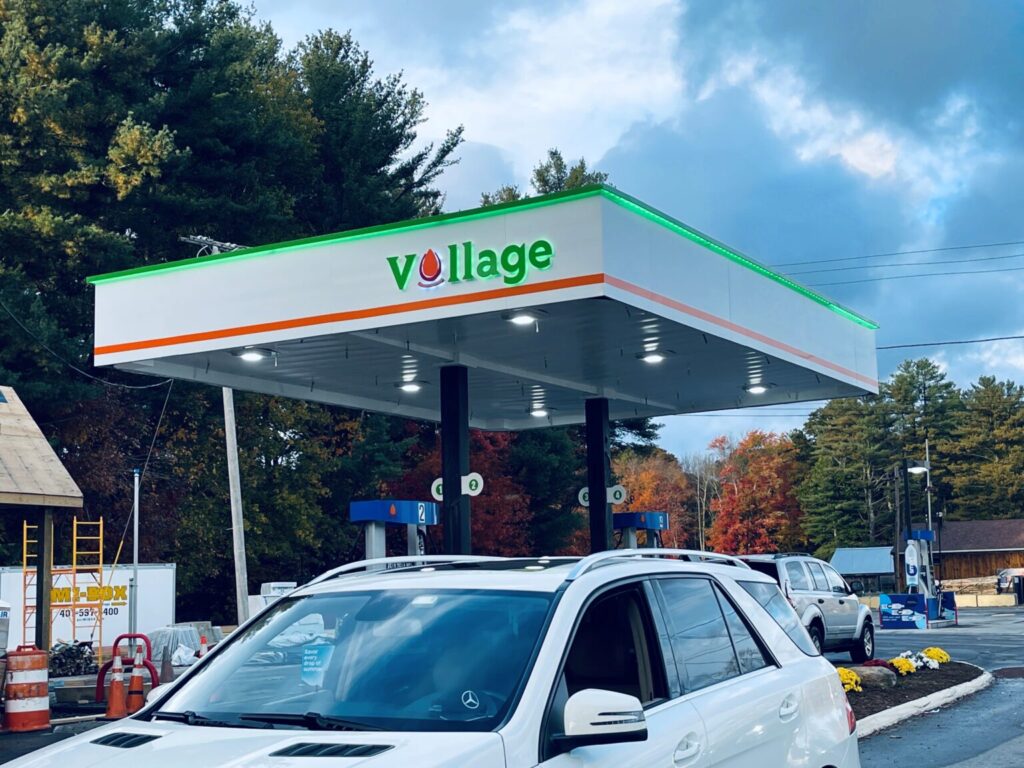
Finding Reliable Unbranded Stations
Research and Verification Methods
Start your search by checking local directories and using online tools like GasBuddy to identify unbranded stations in your area. Cross-reference these stations with state regulatory databases to verify their operating licenses and compliance history.
Reading Customer Reviews
Customer feedback provides valuable insights into station reliability. Focus on reviews that mention:
- Fuel quality and vehicle performance
- Payment system security
- Station maintenance and cleanliness
- Staff responsiveness
- Operating hours accuracy
Using Price Comparison Apps
Popular apps for finding reliable unbranded stations:
| App Name | Key Features | User Base |
|---|---|---|
| GasBuddy | Real-time prices, station ratings | 75M+ users |
| Waze | Community-verified prices, navigation | 140M+ users |
| Upside | Cash back offers, price updates | 30M+ users |
Checking Station Certifications
Verify these essential certifications:
- State environmental compliance certificates
- Fuel quality testing documentation
- Safety inspection records
- Underground storage tank permits
- Payment terminal security compliance
Look for stations that display their certifications prominently and maintain regular inspection schedules. Quality unbranded stations often participate in local business associations and maintain relationships with reputable fuel distributors. Now that you know how to identify reliable unbranded stations, let’s explore some smart tips for maximising your savings while ensuring quality fuel for your vehicle.
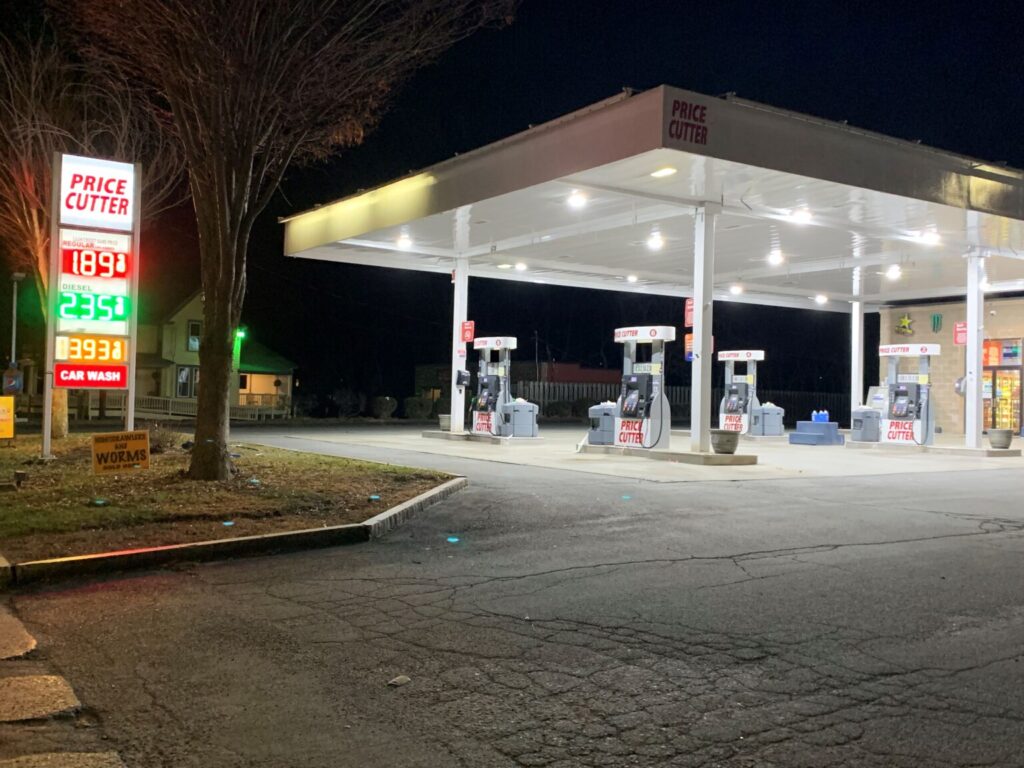
Smart Consumer Tips
Best Times to Purchase Fuel
- Mid-week (Tuesday or Wednesday) typically offers lower prices
- Early morning or late evening when temperatures are cooler
- Avoid holiday weekends and peak travel seasons
- Monitor price trends using gas price comparison apps
Payment Methods and Additional Savings
| Payment Method | Potential Savings |
|---|---|
| Cash payment | 5-10 cents/gallon |
| Station credit card | 2-3% cashback |
| Grocery store rewards | Up to 15% off |
| Mobile apps | 2-5 cents/gallon |
Station Maintenance Indicators
Look for these signs of a well-maintained unbranded station:
- Clean fuel dispensers without rust or damage
- Properly functioning card readers and receipt printers
- Well-lit canopy and clear security cameras
- Updated inspection stickers on pumps
- Clean restrooms and general premises
To maximize your savings at unbranded stations, always check the fuel price signs before pulling in, and keep your tank at least quarter full to avoid emergency fills at higher-priced stations. Consider joining loyalty programs at reliable independent stations in your area. Many offer competitive rewards programs that can match or exceed those of major brands.
Now that you understand how to make the most of unbranded stations, you can confidently save money while ensuring you’re getting quality fuel for your vehicle.
